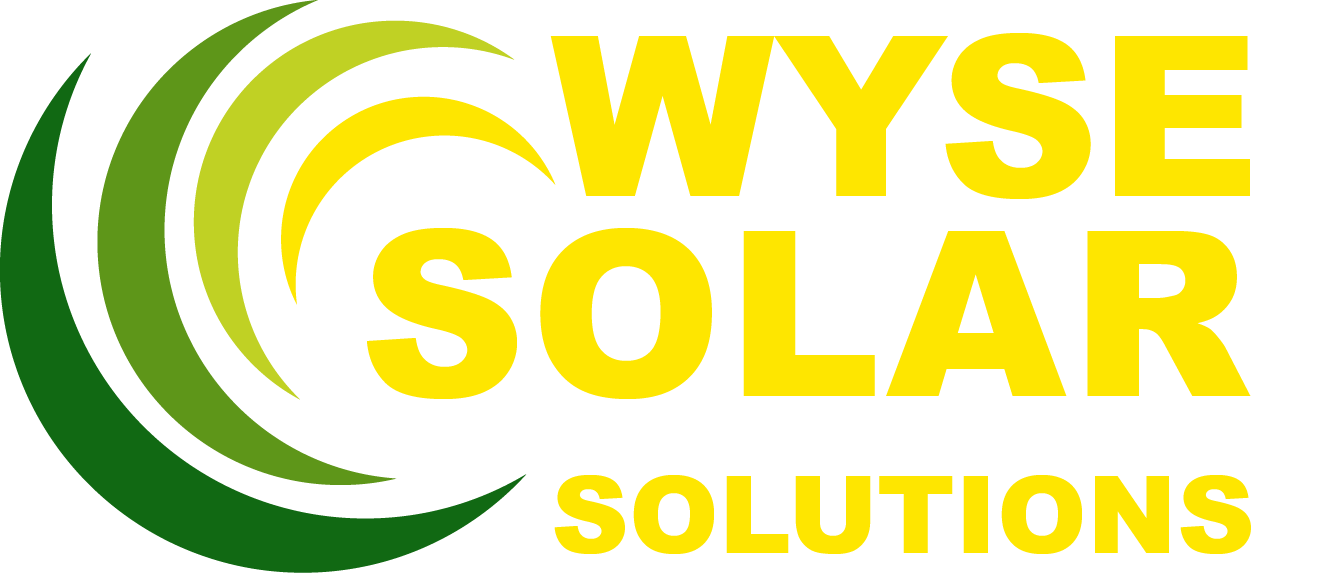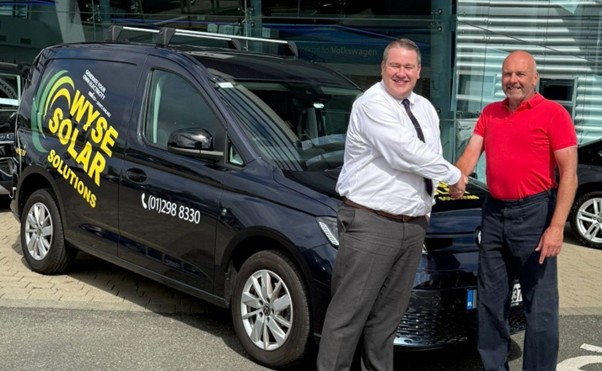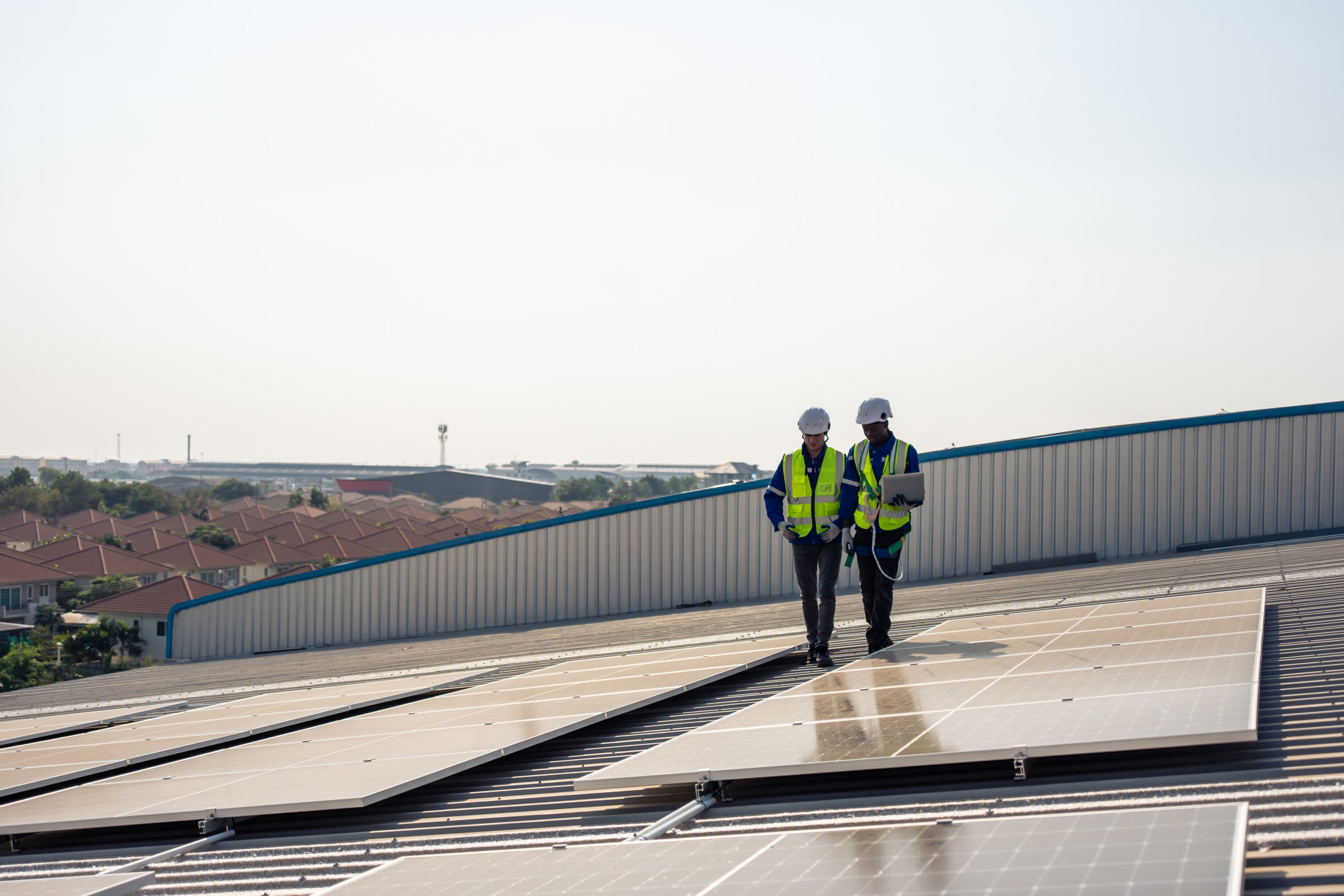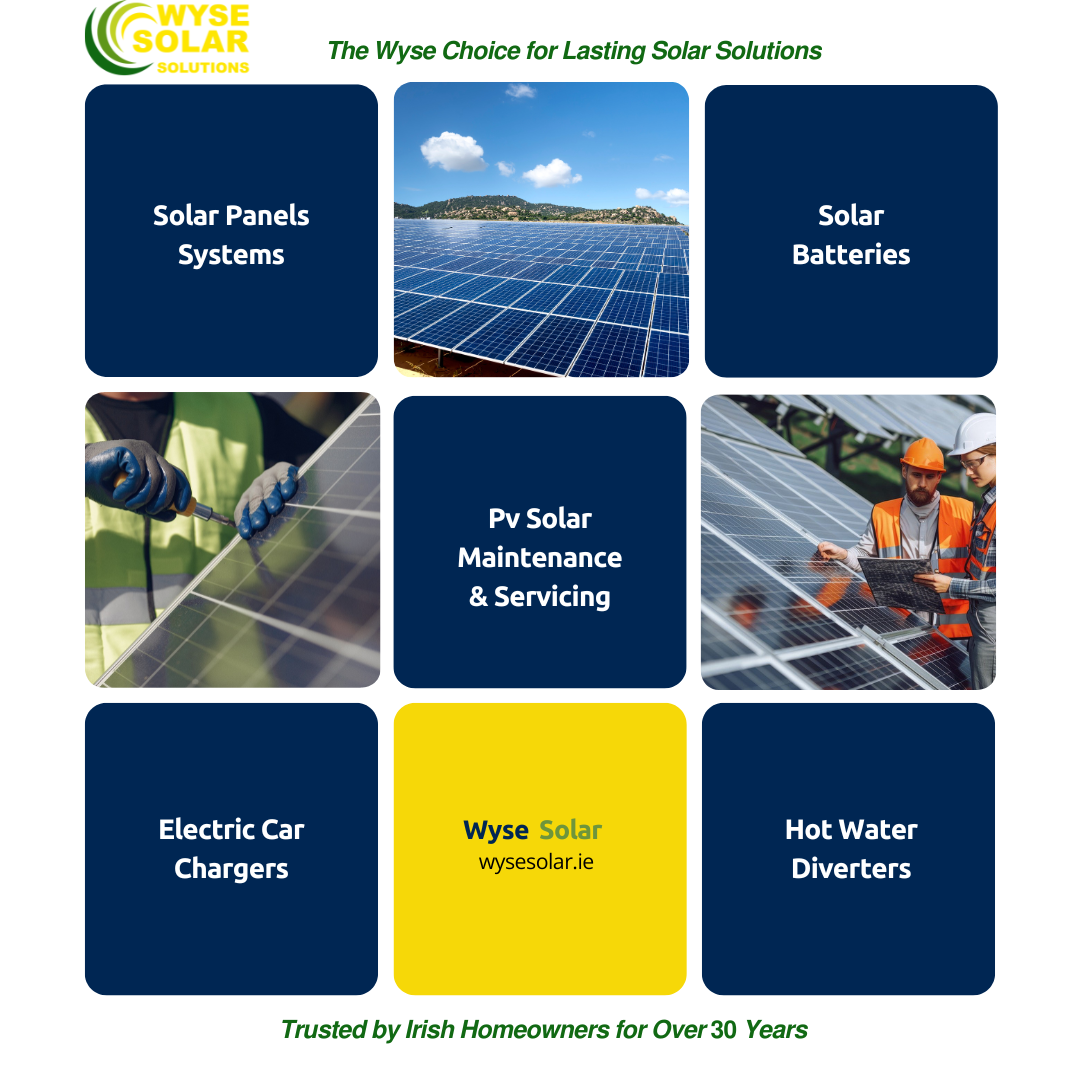In today’s rapidly evolving energy landscape, commercial businesses are increasingly turning to solar panels to generate their own energy. This shift not only helps companies reduce their carbon footprint but also offers significant financial benefits. By harnessing the power of the sun, businesses can achieve energy independence, lower operational costs, and enhance their sustainability credentials. In this post, we’ll explore how one commercial enterprise, Lynskey Engineering, successfully integrated solar energy into their operations and the positive impacts this transition is having on both the environment and the bottom line.
Lynskey Solar PV Case Study
Company Background
Lynskey Engineering Ltd, founded in 1964, is a leading Mechanical Services Contractor in Ireland, operating in Ireland, the United Kingdom, and Mainland Europe.
Sustainability Initiative – Partnership with Wyse Solar Solutions
Lynskey Engineering, committed to sustainability, partnered with Wyse Solar Solutions to reduce carbon emissions and energy usage. An energy audit was commissioned to identify areas for improvement.
Facilities Overview
Lynskey’s head office comprises two areas: an office and reception area, and a store and workshop space. The company also operates a large fleet of electric vehicles.
Energy Audit and Initial Proposal
The audit recommended:
– Replacing light fittings and equipment with energy-efficient alternatives.
– Controlling electrical loads during idle times.
– Reviewing electricity rates and maximum demand charges.

Solar PV Panels Deployment
Following the base load reduction, the next step was installing solar photovoltaic (PV) panels to generate local solar power.
Phase 1 (2022): Office Block Installation
– Energy Analysis: Usage figures from the previous year were used to project 2022 needs.
– Installation: A 30 Kwp system was installed, generating 52% of the building’s usage, with a payback period of 4 years and 6 months.
– Challenges: Included limited roof space, MIC considerations, and an added cost of €10,000 for a G10 relay.
Additional benefits for the installation are the environmental impact of the system.

Phase 2 (2023): Store and Workshop Installation
– Energy Analysis: Similar method as Phase 1, using the previous year’s data.
– Installation: A 40 Kwp system was installed, generating 55% of the building’s usage, with a payback period of 4 years and 5 months after SEAI grant reduction.
– Market Changes: Introduction of SEAI grants and the removal of the G10 relay requirement for systems under 50 Kwp.

Phase 3 – Present Time (2024)
Phase 3 (2024): Battery Storage Evaluation
Current Status: Monitoring the performance of the existing systems to assess the benefits of adding battery storage.

Summary
Lynskey Engineering’s phased approach to sustainable energy, beginning with energy-efficient upgrades and moving towards substantial solar power generation, illustrates a strong commitment to reducing carbon emissions and energy costs. Future steps will include evaluating the addition of battery storage based on ongoing performance data.

At Wyse Solar Solutions, we are implementing solar solutions for 15 years and have been in business for 35 years. We can advise on the optimum solution for your business. By understanding the unique challenges and opportunities presented by the Irish climate, you can make informed decisions about adopting solar panels and generate immediate cost savings.
Contact us today if you would like to make an enquiry about a Solar system for your commercial building.
Enter your Eircode here and find out if solar panels work for you.
Call us: 01-298 8330
Email us: info@wysesolar.ie
Visit us: https://wysesolar.ie/








